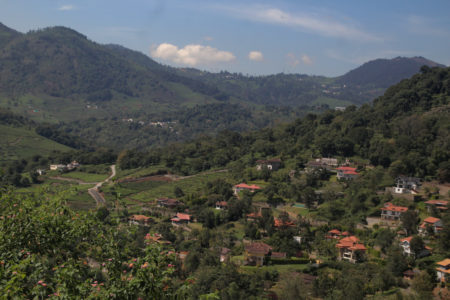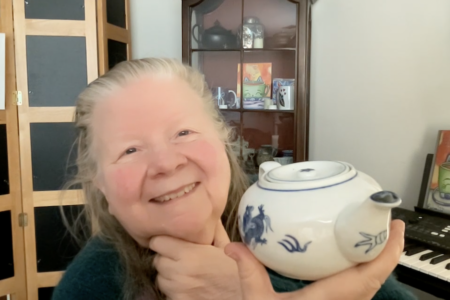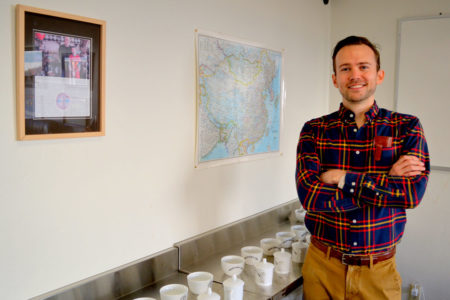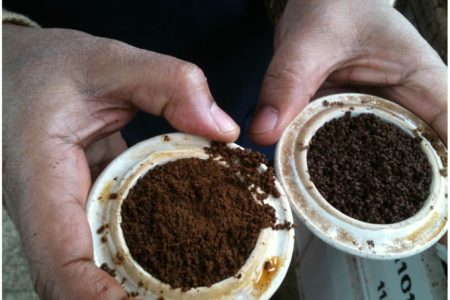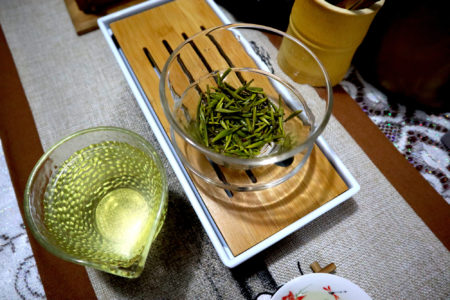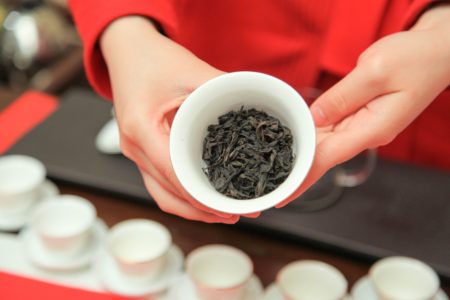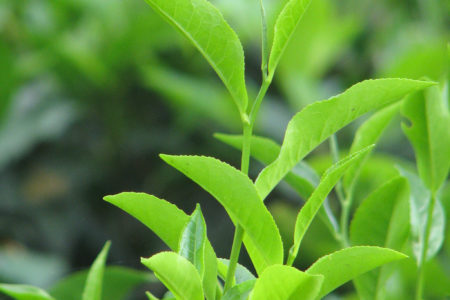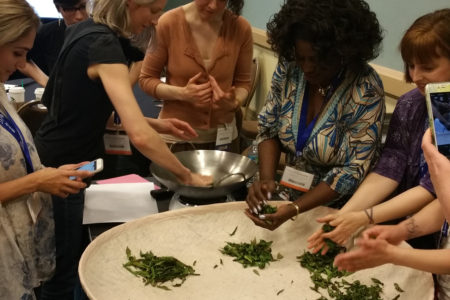Anything for Tea: Budget Backpacking in Nilgiris
Buddies Cafe in Ooty. This cafe is the largest tea room in India, which features over 220 varieties of tea: artisanal and hand-crafted single-origin teas, orthodox blends, tisanes, and CTC dust. When I first entered the cafe, Nirmal Raj stood next to a wall of transparent glass tea canisters and opened them enthusiastically to allow customers to inhale as he spoke animatedly about each tea. After leaving my non-heated hostel, I chanced upon the cafe, searching for a warmer place to write from. As a shoestring budget backpacker, I had traveled to the Nilgiris tea-growing region on an overnight bus from Bengaluru, India, and soon found myself returning daily to Buddies Cafe.
